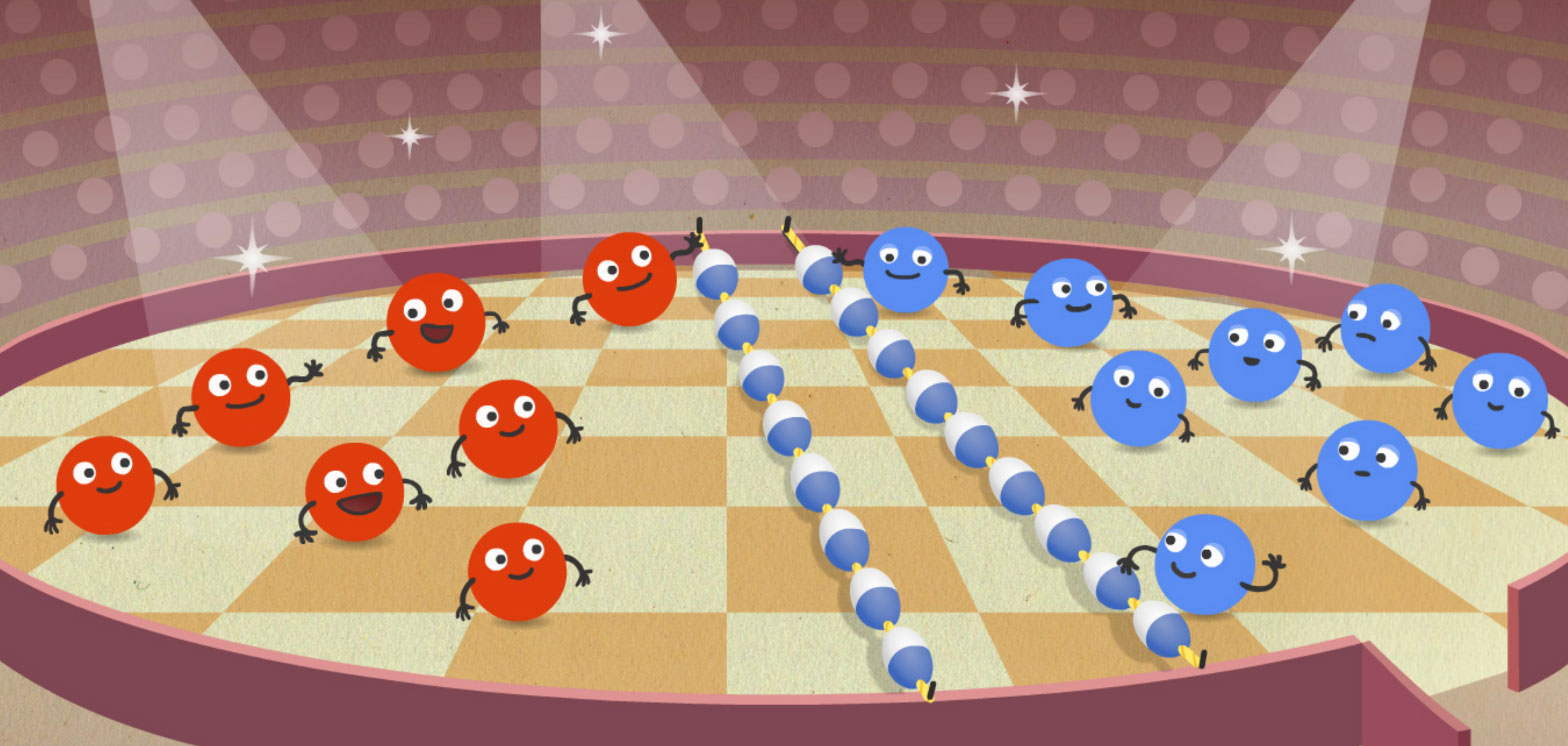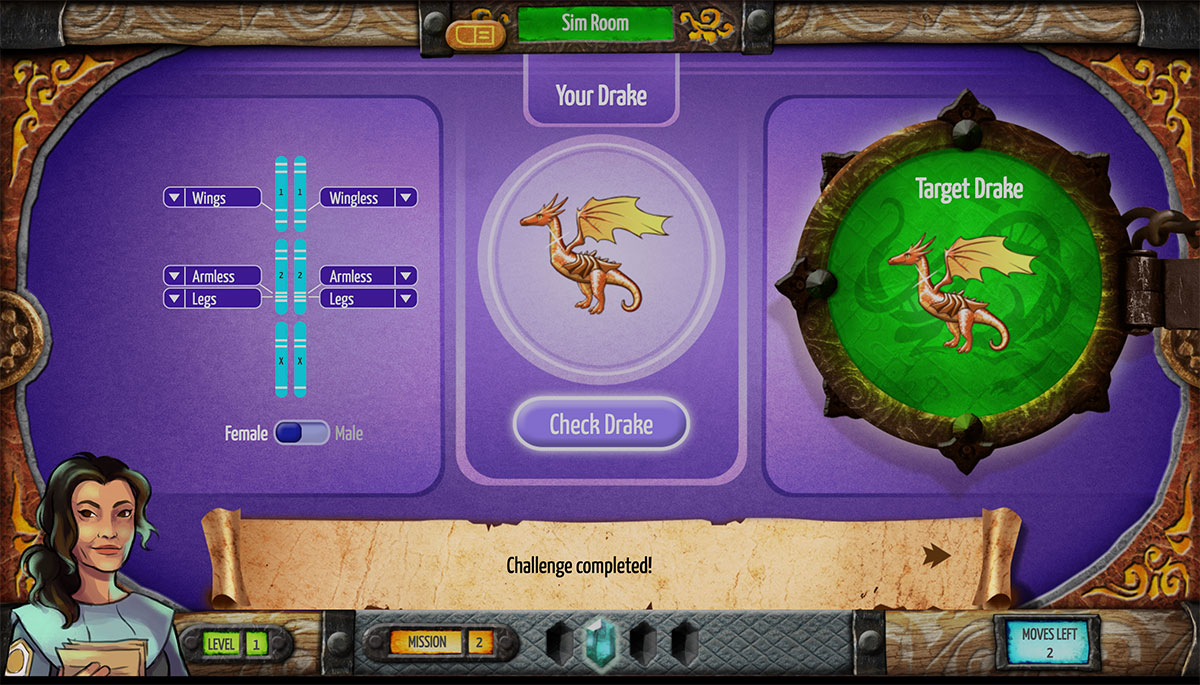Social media has been exploding with New Year’s resolutions since early fall. If you’d like to get a head start on your own educational resolutions for the next calendar year, we’ve got you covered. Want to help students see Earth science as a lab science? Add more data science activities to your high school classes? Scaffold students to conduct their own inquiry experiments? Introduce kindergarten students to innovative technologies?
We have open educational resources for all of the above—and more!
If you want to experiment with geoscience, our Earth science resources provide an interactive, accessible proving ground for testing ideas. Students can build a systems view of plate tectonics, explore wildfire risks and impacts, develop block-based computer code to explore the risk of tephra from volcanoes, and more. Our 10-lesson unit helps middle school students explore their local watershed with both online and field activities.
Do you want to add data exploration to your lessons? Our dynamic data science activities are aligned to Next Generation Science Standards (NGSS) and Common Core Standards, and are designed to help students organize, analyze, and visualize data in our Common Online Data Analysis Platform (CODAP). We also have dozens of CODAP example documents with embedded datasets to explore everything from Census data to the popularity of particular birthdays or the growth of Fast Plants.

The Land of Bump interactive online story with the Red Hots (left) and Cool Blues (right) dancing on the same dance floor.
Do you need tech-based investigations for the little scientists in your class? Our activities and free iPad apps for learners as young as kindergarten age help them build conceptual understanding of matter and its changes. Get whimsical online stories, video animations, interactive models, and downloadable lesson plans.
If you’d like to try system modeling, SageModeler allows students to easily build and validate their models by comparing model outputs with data from other sources, including scientific datasets, experimental data from probes, or data generated by simulations. Introduce your students to static equilibrium or dynamic time-based modeling, then explore activities about evaporative cooling, the properties of gases, chemical reactions, and more.
Are you looking for practical uses of AI in the classroom? Our StoryQ app introduces high school students to natural language processing, artificial intelligence, and text classification. Use this five-lesson module to engage students in how AI and text classification work, how it’s used in everyday technology, and how students might encounter AI in a future career.
If you want to encourage more inquiry in the classroom, our NGSS-aligned investigations for physics, biology, and chemistry are designed to introduce and scaffold engagement in science practices and build an understanding of the interplay between experimental design, data collection, analysis, and explanation. While investigating their world, students generate data using traditional lab tools, sensors, and simulations, then bring their data into CODAP.

A “visible” target-match challenge in Geniventure. When the student changes the genes in the left panel, the middle drake changes its traits accordingly. The challenge is to make it look like the drake on the right.
Interested in gamifying your genetics curriculum? Try Geniventure, a game that engages students in exploring heredity, genetics, and the protein-to-trait relationship by breeding and studying virtual dragons. Through six levels of game challenges, students conduct simulated experiments that generate realistic and meaningful genetic data. Use the extensive teacher guides and dashboard to track progress and student understanding throughout your lessons.
We hope that you’ll use these free resources and many more in our STEM Resource Finder to meet your New Year’s resolution as we work together to create a world where all students and teachers use effective digital resources to engage deeply, justly, and equitably with STEM concepts and practices in varied personal, cultural, and social contexts.